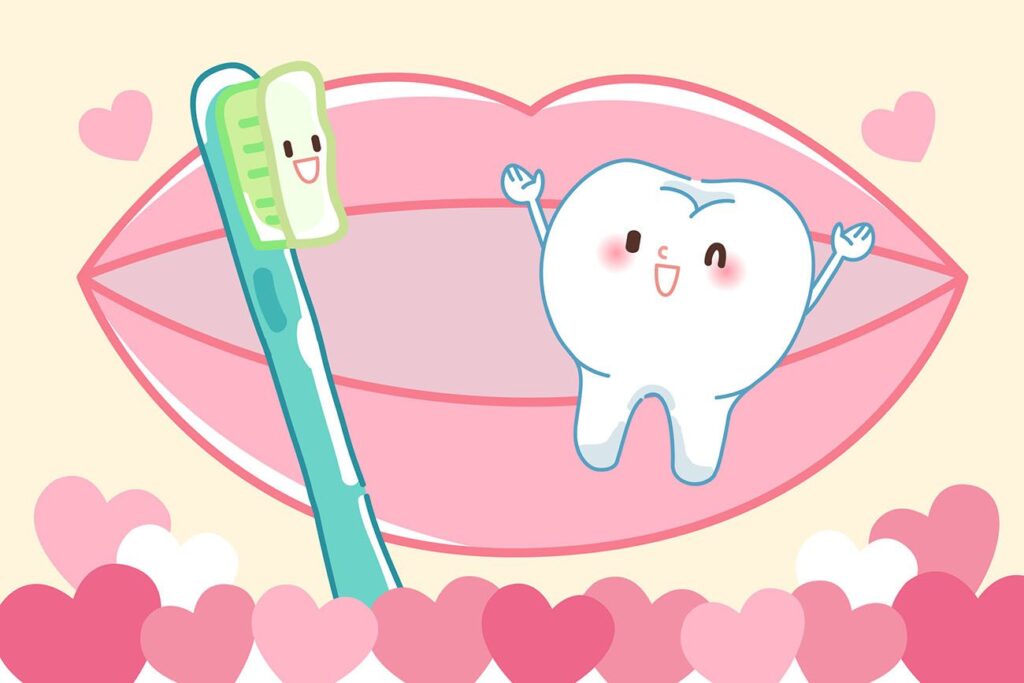We want the best for the children in our lives. Part of this includes their health and wellness. When it comes to your child’s dental health, starting with the basics can make a big difference. One of the first steps in building good oral habits is choosing the right toothbrush. However, this can seem confusing for some parents or guardians. With the right information, we can also make this process a breeze.

Why Does It Matter? The Importance of a Good Toothbrush
A toothbrush is like a superhero for your child’s teeth. It fights off those pesky villains called plaque and cavities. A proper brush also helps keep their pearly whites shining and promotes a lifetime of healthy smiles. There are several features to keep in mind that make a toothbrush stand out for your little one.
Size Matters: Finding the Right Fit
Little hands need a toothbrush that’s easy to grip. Look for one with a small, comfortable handle designed for tiny fingers. When your child can hold the toothbrush with ease, it empowers them to take charge of their own dental routine.
Soft and Gentle: The Bristle Basics
Imagine a soft hug for your child’s teeth—that’s what the right bristles feel like. Opt for a toothbrush with soft, rounded bristles to clean teeth without causing irritation. These gentle bristles are also perfect for your child’s developing gums and enamel. As a result, it should ensure a comfortable brushing experience.
Bristle Variety: The Goldilocks Effect
Not all bristles are created equal. Choose a toothbrush with bristles that are neither too hard nor too soft—somewhere right in the middle. The Goldilocks effect ensures effective cleaning without being harsh on delicate teeth and gums. Bristles that are too hard can damage their enamel or gums.
Superhero Designs: Making Brushing Fun
Transforming brushing time into playtime can be a game-changer. Therefore, look for toothbrushes adorned with your child’s favorite cartoon characters or vibrant colors. These playful designs turn dental care into an adventure. As a result, this can make it more likely your little one will look forward to brushing.
Electric or Manual: Power Play or Old School?
Deciding between an electric and a manual toothbrush depends on your child’s preferences and age. Younger children might find the gentle hum of an electric toothbrush exciting, while older kids may prefer the control of a manual brush. Both options can be effective, so choose the one that suits your child’s comfort and personality.
Change It Up: The Toothbrush Shuffle
Just like superheroes need a change of outfit, your child’s toothbrush needs a change too. Swap it out every three to four months or sooner if the bristles look frayed. A fresh toothbrush ensures optimal cleaning and prevents the buildup of harmful bacteria. Old toothbrushes can also harbor bacteria, increasing the risk of cavities.
Lead by Example: Show, Don’t Just Tell
Kids are keen observers, and they learn by watching. Brush your teeth alongside your child. This can also turn into a bonding experience. Demonstrating proper technique and consistency sets the stage for a lifetime of good oral hygiene habits.
